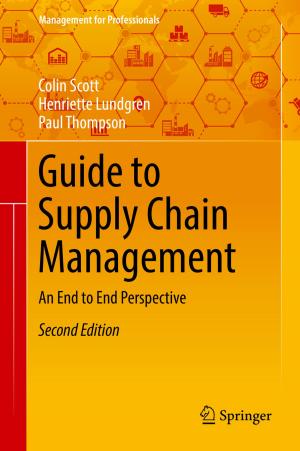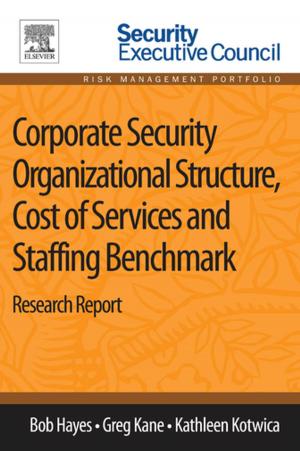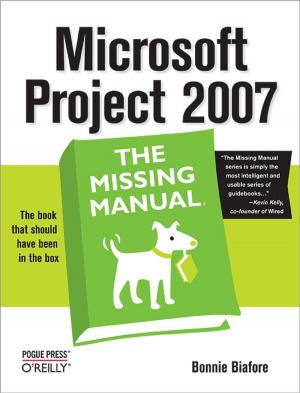Managing Blind: A Data Quality and Data Governance Vade Mecum
Business & Finance, Industries & Professions, Information Management| Author: | Peter Benson | ISBN: | 9781476045399 |
| Publisher: | Peter Benson | Publication: | August 2, 2012 |
| Imprint: | Smashwords Edition | Language: | English |
| Author: | Peter Benson |
| ISBN: | 9781476045399 |
| Publisher: | Peter Benson |
| Publication: | August 2, 2012 |
| Imprint: | Smashwords Edition |
| Language: | English |
The literal translation of the Latin vade mecum is “go with me”, a small reference book that you carry with you. Managing Blind is a small, easy to read guide to the real life challenges of data quality and data governance. With over thirty years of experience working in six of the seven continents (he has not made it to Antarctica yet) and across a wide range of industries from agriculture, mining, manufacturing, processing, transportation, banking, finance, insurance, and healthcare, Peter has come to recognize that while the scale of the challenges and opportunities may vary, the fundamental characteristics of data quality are the same.
Can you imagine how much attention you would have received if you had proposed a data quality or data governance program twenty years ago? Yet by the late 80’s it was already clear that all was not well in the data world. Can you imagine a hotel chain using your social security as your rewards membership number, yet a very well known hotel chain did exactly that for many years? While the Y2K bug never materialized, by the turn of the century more and more businesses were now totally reliant on their computer systems and the cost of missing or incorrect data was being measured in the millions. As computer systems become interconnected and their speed increases managing blind is an increasingly risky option. As Peter explains: “The difference between an actuary and a gambler is data. The actuary promotes their ability to record and analyze data and the gambler must hide any such ability or risk being asked to leave the casino.”
How would you explain the loss of $125 million in 1999 due to a simple mistake of a unit of measure, try explaining a loss of somewhere between $2 and $5 billion today because of an inability to effectively monitor risk. There is one thing we all agree on; missing or wrong data increases risk and masks opportunity. In this easy to read book, Peter draws on his unique experiences to provide an engaging insight into practical solutions that can be applied by all managers.
The literal translation of the Latin vade mecum is “go with me”, a small reference book that you carry with you. Managing Blind is a small, easy to read guide to the real life challenges of data quality and data governance. With over thirty years of experience working in six of the seven continents (he has not made it to Antarctica yet) and across a wide range of industries from agriculture, mining, manufacturing, processing, transportation, banking, finance, insurance, and healthcare, Peter has come to recognize that while the scale of the challenges and opportunities may vary, the fundamental characteristics of data quality are the same.
Can you imagine how much attention you would have received if you had proposed a data quality or data governance program twenty years ago? Yet by the late 80’s it was already clear that all was not well in the data world. Can you imagine a hotel chain using your social security as your rewards membership number, yet a very well known hotel chain did exactly that for many years? While the Y2K bug never materialized, by the turn of the century more and more businesses were now totally reliant on their computer systems and the cost of missing or incorrect data was being measured in the millions. As computer systems become interconnected and their speed increases managing blind is an increasingly risky option. As Peter explains: “The difference between an actuary and a gambler is data. The actuary promotes their ability to record and analyze data and the gambler must hide any such ability or risk being asked to leave the casino.”
How would you explain the loss of $125 million in 1999 due to a simple mistake of a unit of measure, try explaining a loss of somewhere between $2 and $5 billion today because of an inability to effectively monitor risk. There is one thing we all agree on; missing or wrong data increases risk and masks opportunity. In this easy to read book, Peter draws on his unique experiences to provide an engaging insight into practical solutions that can be applied by all managers.















